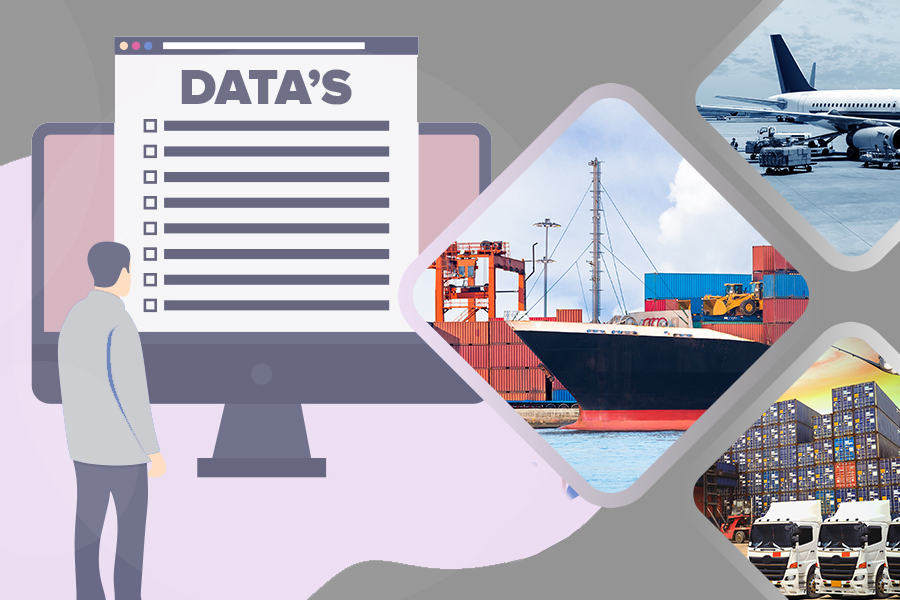Companies are often hesitant to share data to other parties. This hesitancy is also the case in logistics, where companies think that sharing the information will give other companies an edge over them. But when combining all the available data, logistic processes could be organized faster, more efficient and more sustainable for all parties.
Different companies and organizations are trying to combine the data of companies and show them their advantages. This data comes from a number of different type of sources: Browsing patterns, business forecasts, traffic and weather data, and the traditional data from operational system. The challenge is here to combine and analyze large streams of data that are ever increasing (Lebied 2017).
A great example where sharing information can be profitable is the container shipping industry. A shipping company will use data analytics to predict the arrival of a container in the port. This arrival time is constantly updated, as ships are several days late on a regular basis. If this information is shared with a transport company, the trucks will be waiting in the port at the right time.
Another example is the last mile delivery of a supply chain. It is known to be a very inefficient process, where people are often not home, homes are difficult to reach, and the number of packages has increased a lot since the start of the corona crisis. An example that could improve the process is better tracking of the package. Customer will know very detailed when the package arrives, and the company can use it to optimize delivery strategies (Lebied, 2017).
The advantages of data driven logistics is better efficiency and less costs. The amount of kilometers driven is decreasing due to better capacity planning, which makes logistics also more sustainable (TNO, n.d.). Besides, the data and its analysis can be sold to other companies in the supply chain, who are willing to pay for it.
The amount of data that is used in supply chains is increasing constantly. This data is valuable, and I think that with the examples provided, logistics can be optimized a lot further. Especially the sustainable savings with less emissions is now very relevant. Decisions will be more and more based on more and more data, and companies will have to manage all the incoming streams of data. Companies that will use this data effectively and efficiently, will have a significant competitive advantage over the others.
References:
Anon, Data Driven Logistics: De Toekomst Van Logistiek. TNO. Available at: https://www.tno.nl/nl/aandachtsgebieden/mobiliteit-logistiek/roadmaps/smart-and-safe-traffic-and-transport/smart-mobility-and-logistics/data-driven-logistics/ [Accessed October 10, 2021].
Lebied, M., 2017. 5 examples of how big data in logistics transforms the supply chain. Datapine. Available at: https://www.datapine.com/blog/how-big-data-logistics-transform-supply-chain/ [Accessed October 10, 2021].


